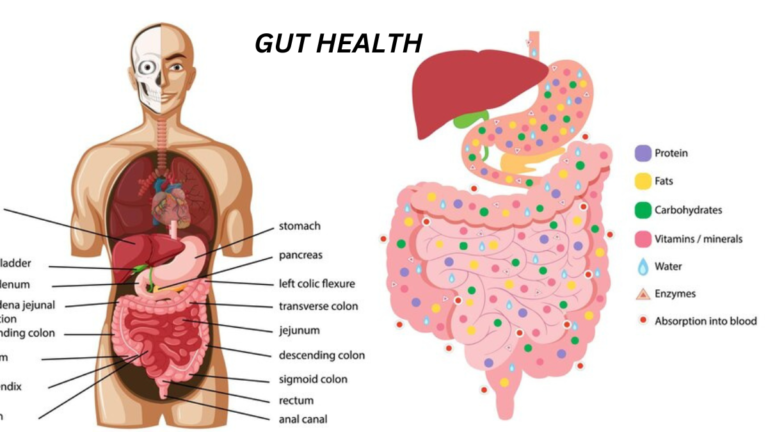Revolutionary Pink Eraser Breast Cancer Vaccine: A Cure for Cancer?

Breast cancer remains an ever-present menace to humankind and many new cases are being reported across the globe annually. In ongoing scientific research about prevention and cure the so-called “Pink Eraser breast cancer vaccine” provides hope. But is this imaginative vaccine actually capable of stopping cancer? In this article, we shall focus on the Pink Eraser breast cancer vaccine in detail as a primer to understanding the potential of a vaccine in cancer.
Vaccine: The pink eraser Breast Cancer Vaccine
The Pink Eraser breast cancer vaccine is one of the innovative ways of preventing cancer, especially breast cancer. Unlike other vaccines that protect against invasive pathogens, such as viruses or bacteria, this vaccine is intended to help the body’s immune system identify and destroy cancer cells before they develop into a tumour. Often dubbed as the ‘erase’ vaccine due to its ability to prevent cancer risks, the vaccine is meant to be used as a preventive measure for both breast cancer-susceptible individuals.
Finding out how the Pink Eraser Breast Cancer Vaccine operates
Pink Eraser breast cancer vaccine works through a process whereby the immune system is taught to recognize and eliminate the disease. It does this by using certain antigens – molecules that are located on the outer surface of the cancer cells. These antigens stimulate production of antibodies and mobilisation of immunological effector cells to eliminate cells expressing these antigens.
Otherwise, the vaccine is designed to address cancer in its infancy, either in the form of cancer cells or pre-cancerous cells, which are unable to proliferate and form tumors. This is a preventive measure taken for people who are likely to develop the disease due to inherited genes, family history or various other risk factors.
CONTINUING RESEARCH AND CLINICAL TRIALS
There is still active research being conducted on the Pink Eraser breast cancer vaccine; there are even several clinical trials going on at the present time. These studies are vital in assessing the efficacy, immunogenicity, toxicity, and adverse effects of the vaccine. Early stage Phase I and II results suggest that the vaccine can effectively spur an immune response against breast cancer cells. Nevertheless, as with all new therapies that have emerged in the field of medicine, more studies are required to validate these findings and investigate the effects in the long run. Clinical trials consist of phases where each phase aims at providing certain information about the vaccine such as efficacy or safety.
A comparison between the Vaccine and Other Preventive Measures
There are several factors to consider when looking at the Pink Eraser breast cancer vaccine and other prevention methods available. Other preventive measures include diet changes, and increased physical activity, abstaining from alcohol and substance abuse. Moreover, SERMs and aromatase inhibitors are used for therapy of women with high risk factors. Genetic testing and prophylactic mastectomy are other forms of prevention for those with high genetic risk profiles of breast cancer. Although such techniques are efficient, they have serious consequences on life quality and health.
The Pink Eraser breast cancer vaccine is potentially less invasive than the surgery. If its efficacy is established then it can be an effective solution in terms of risk reduction for breast cancer and does not involve surgery or medication. However, it is necessary to determine the effectiveness of the vaccine, taking into account the current state of the vaccine and the actions used to prevent further actions.
Specialist Views and the Medical Sphere Outlook
The scientific community, including doctors and researchers, have a positive outlook on the Pink Eraser breast cancer vaccine. It is perceived as an innovative breakthrough by oncologists and immunologists to prevent the disease. However, they also welcome more studies to validate its effectiveness and potential side effects as well.
Scientists agree that while the vaccine is promising, it is not a replacement for already known prophylactic methods. Thus, the vaccine can be used as one of the tools in the fight against the development of breast cancer, particularly in women with a high risk of developing the disease.
Possible Effects on Public Health
The Pink Eraser breast cancer vaccine, if successful, can bring about a revolution in the field of health and disease prevention. It could potentially prevent the occurrence of breast cancer among the targeted group of people, thus reducing mortality rates and health expenditures.
Practical application of the vaccine may result in changing the approach to breast cancer prevention and include vaccination in addition to other preventive measures and lifestyle changes. This is more of a preventative measure, where the vaccine may in a way prevent breast cancer before the disease is able to fully manifest itself.
Availability and Accessibility
Depending on the results of the Pink Eraser breast cancer vaccine study and its licensing, the vaccine’s availability will be determined. Subsequently, making the vaccine easily available to the community will be a milestone to achieve. This entails considering possible issues to do with cost issues, distribution, and healthcare systems.
Some work will have to be done in order to make the vaccine accessible and affordable for the target population particularly those in vulnerable groups. Public health policies will therefore have a critical role of incorporating the vaccine into existing preventive measures.
Ethical and Social Implication Conclusively
The development of a new cancer vaccine gives rise to several ethical and social issues. Issues of informed consent, mandatory vaccinations, and perception are some of the issues that need to be discussed. Taking steps to ensure that the vaccine is provided in a transparent manner with full disclosure of its advantages and disadvantages will be important in building trust among the populace.
Moreover, debates about the price and availability of the vaccine must be weighed against the possible advantages of the vaccine. Thus, it will be crucial to provide equal access to the vaccine in order to make use of its potential in improving the state of population’s health.
Conclusion: Pink Eraser breast cancer vaccine: The Future of Breast Cancer Prevention
The Pink Eraser breast cancer vaccine is a good example of the progress made in the fight against cancer. It is still in the research and trial stages but if it can be used as a preventive measure for breast cancer then it is a promising intervention. In the future as research goes on and information is compiled then this vaccine may indeed prove useful in the battle against breast cancer.
At the same time, it is crucial to follow the advancement of the vaccine and maintain adherence to the existing protective measures. The Pink Eraser breast cancer vaccine could go a long way in defining the future of breast cancer or even completely eradication of the fatal disease.






